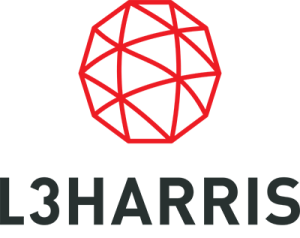When Hiring Managers Switch Gears

If you are in internal recruiting, 3rd party recruiting, or you are an HR leader, you know that one of your worst nightmares is when your Hiring Managers change the requirements for a hire in the middle of your recruiting effort, sometimes right in the middle of interviewing a slate of candidates. Often, they will insert new requirements, saying, “Well, none of the people you presented had ‘X’!,” even when “X” was never part of the original spec! Another similar obstacle occurs when a key decision maker, perhaps a top executive, who may not have been part of the original spec conversation, inserts a new requirement at the 11th hour. This can even happen with a finalist candidate, who has already been thoroughly vetted by other members of the team. Changing requirements when a search is underway derails the search. It causes a reboot of your efforts, wastes time, and delays the new hire. It costs you money in lost opportunities (with an empty seat or an ineffective person in the seat) and duplication of efforts.
Why does this happen? How can you prevent these changes?
Hiring managers make unpredictable changes when the job spec you are recruiting from isn’t the whole story. When they (and additional decision makers) have other ideas in mind for the hire, and you don’t know those other criteria, your project can plunge into chaos. Here’s what you can do:
Complete Job Spec: Don’t use old, outdated or incomplete job specs. The position probably has changed. Don’t base your job spec just on duties / background. Include the objectives for the role. Make the hiring manager articulate what success looks like – what the new hire actually has to get done. A Performance-Based Position Profile goes a long way to ensuring no surprises.
Input from All Decision Makers: The biggest and most unpleasant surprise comes when a key decision maker rejects a candidate after others have approved the person. HR people don’t want to annoy top executives. But, the same exec will be disappointed in your actions if they don’t like the people you present. So, take a deep breath and go get the info up front. Ask the hiring manager what the end-game will be. Who else will have to buy-in / sign-off on the hire? Get input from those key people up front.
Musts/Nice to Haves: When you are getting input from the hiring manager and all other key decision makers, differentiate between MUST haves and NICE to haves. Send a follow up document stating the differences, and get validation. You are creating a “contract”, an agreement, on the factors the candidate has to have. Much easier than letting the hidden factors surface at the end.
What will they Ask? Another way to make sure you have all the necessary input is to find out what your hiring managers and other decision makers will ask in their interviews. The hidden criteria will often surface when you ask this key question.
Make the Case: Of course there are valid reasons any candidate can be rejected. However, if you and your team, and most of the relevant parties have said yes to a good candidate, stick to your guns. Make the case to the outlier that the person really does fit what they said up front. Defend a good hire if you think it is right.
Controlling the process and making sure you have full and complete info from all key decision makers is the best way to prevent unpleasant derailment of a search project. You will fill the position more quickly, with the right person, and the Hiring Manager will actually like participating in a more precise action plan.
























